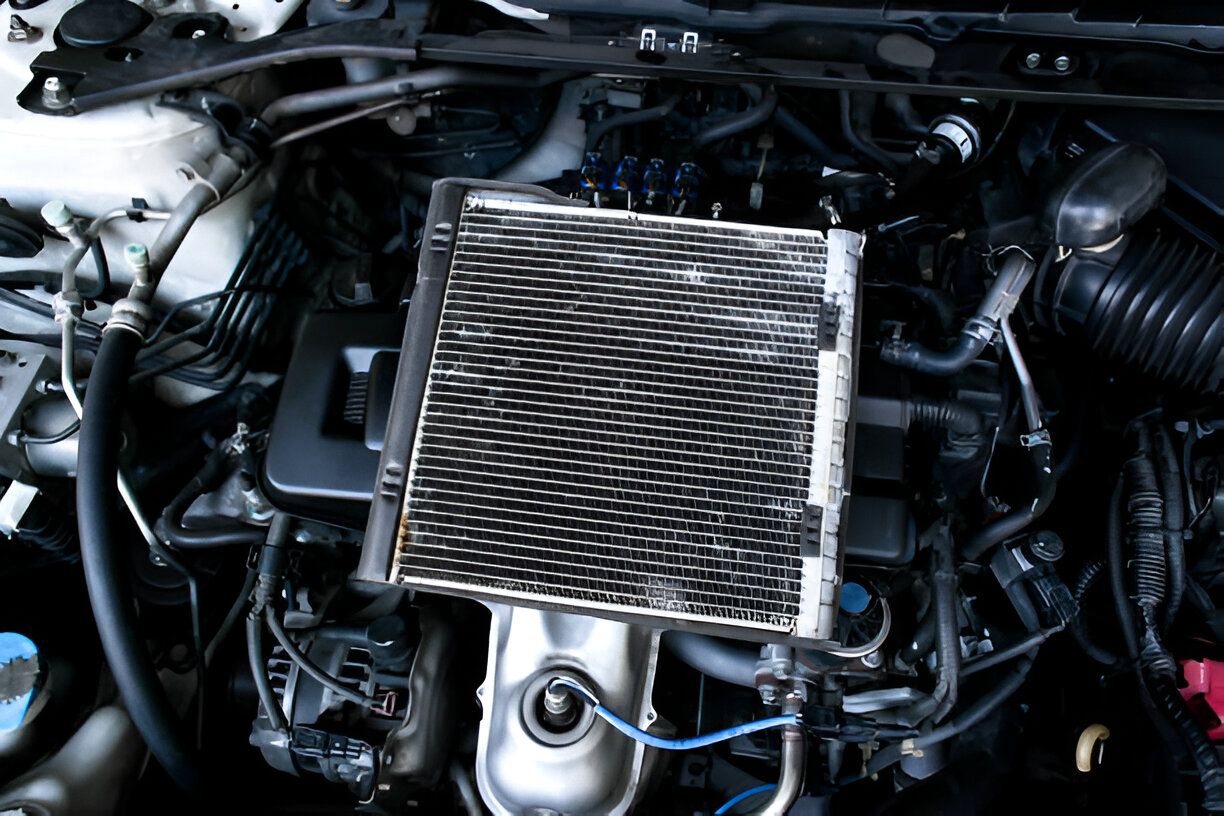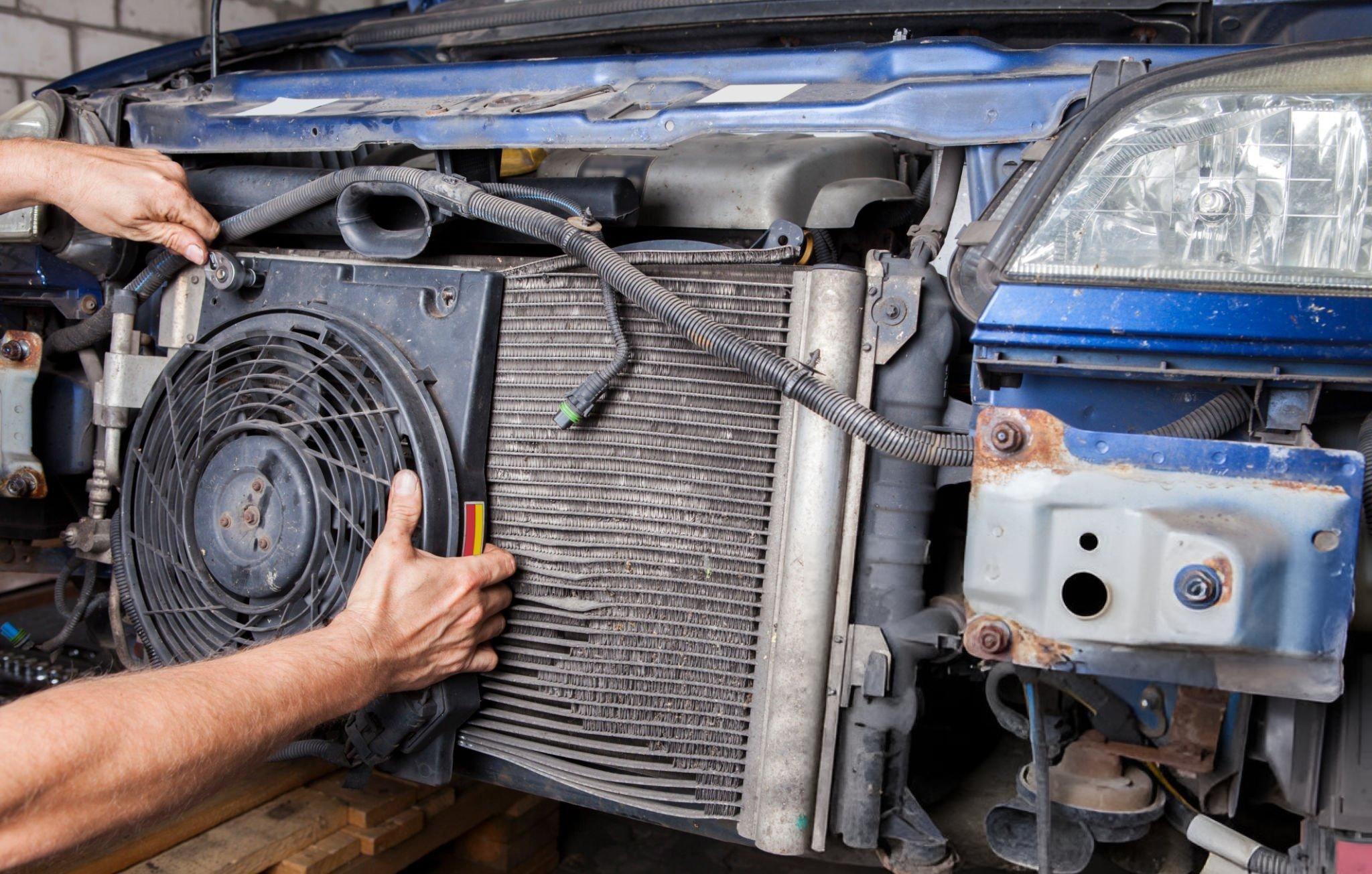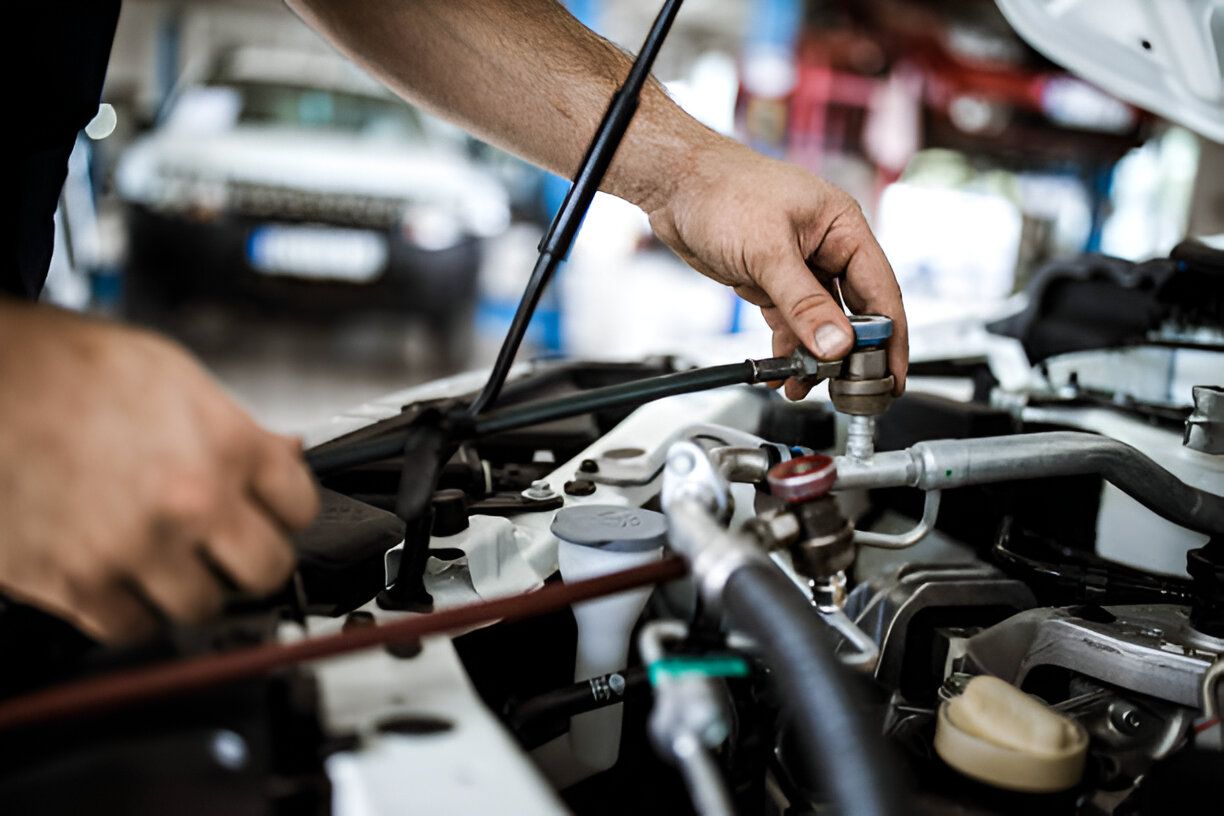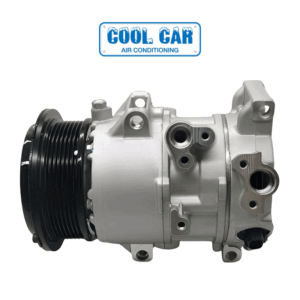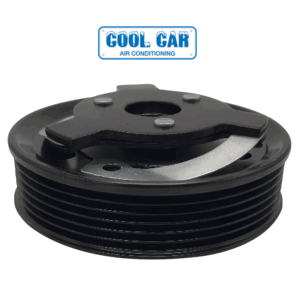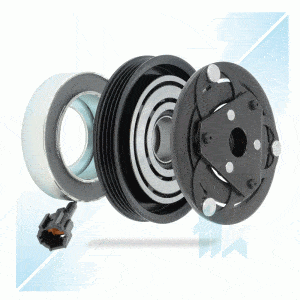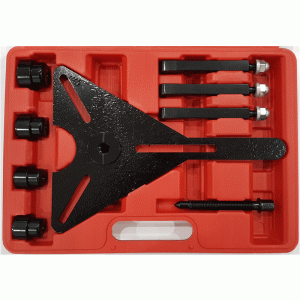How Hard Is It to Replace a Car AC Evaporator Core?
When summer in Australia brings rising temperatures, a reliable car air conditioning system becomes a must-have. One of the most crucial components that keeps your cooling system functioning is the AC evaporator. This small but vital component plays a big role in ensuring cool, refreshing air reaches your cabin. But what happens when it fails, and how difficult is it to replace? Let’s take a closer look.
What Does the AC Evaporator Actually Do?
It is the component of your vehicle’s cooling system that absorbs heat from the air inside the cabin. As the refrigerant moves through the coil, it changes into a cold vapour that chills the air flowing from the vents. Without this process, your air conditioning would only circulate warm air, no matter how high the fan speed is set.
The tricky part is that the evaporator is usually hidden deep inside the dashboard. This makes it more difficult to access compared to other car AC parts, such as the compressor or condenser, which are located in the engine bay. Because of its location, replacement can be a complex job, even for seasoned technicians.
Why Replacing an AC Evaporator Is a Challenging Job
Unlike replacing wiper blades or brake pads, this cooling unit isn’t something most car owners can swap out at home. In many vehicles, the job requires the dashboard to be removed completely. That means dozens of screws, electrical connections, air vents, and panels all have to come out before the component even becomes visible.
Once the unit is accessed, the refrigerant system needs to be safely discharged and later recharged after the new evaporator is fitted. This requires specialised equipment that isn’t usually found in a standard garage toolkit.
Because of these steps, replacing the evaporator can take several hours and involves patience, precision, and technical know-how. For many drivers, it’s best left in the hands of qualified automotive air conditioning specialists.
Signs Your AC Evaporator Needs Attention
Before deciding whether to repair or replace, it helps to know the signs of a faulty evaporator. Some common symptoms include:
- Weak or no cold air from the vents
- Strange odours, often musty, when the AC is running
- Visible refrigerant leaks inside the cabin
- Foggy windows caused by moisture not being drained properly
If you notice these signs, it may be time to have the system inspected. While some issues can be fixed without a complete replacement, a badly damaged evaporator usually means fitting a new one.
The Role of AC Parts Suppliers
When it comes time to replace the evaporator, sourcing the right part matters. Working with reliable AC parts suppliers ensures that you get components that fit correctly and last longer. Genuine or high-quality replacement parts not only keep your system efficient but also help avoid repeat failures.
Choosing trusted suppliers also means you can count on proper warranties and guidance about which part suits your vehicle’s make and model. For car owners in Australia, this peace of mind is just as important as the installation itself.
Should You Try DIY Replacement?
While it may be tempting to save money by attempting the job yourself, replacing this part of the cooling system is rarely a straightforward DIY project. The amount of disassembly involved, combined with the need to safely handle refrigerant, makes it a technical process best performed by trained professionals.
However, that doesn’t mean you can’t play a role in the process. Keeping your AC system serviced regularly, checking for leaks, and ensuring your cabin filters are clean can help prevent unnecessary strain on the evaporator and other parts. By staying on top of maintenance, you’ll reduce the chances of facing a major replacement too soon.
Replacing a car’s AC evaporator is one of the more difficult air conditioning repairs, mainly because of its hidden location and the time involved in removing and reinstalling the dashboard. While it may sound intimidating, the good news is that once the job is done properly, your cooling system will perform like new again.
At Cool Car Air Conditioning, we understand how frustrating it can be to deal with a failing AC system. That’s why we provide the right solutions, quality parts, and dependable service to get you back on the road in comfort.
Need help with your air conditioning? Visit Cool Car Air Conditioning today and let our team take care of your cooling needs.
